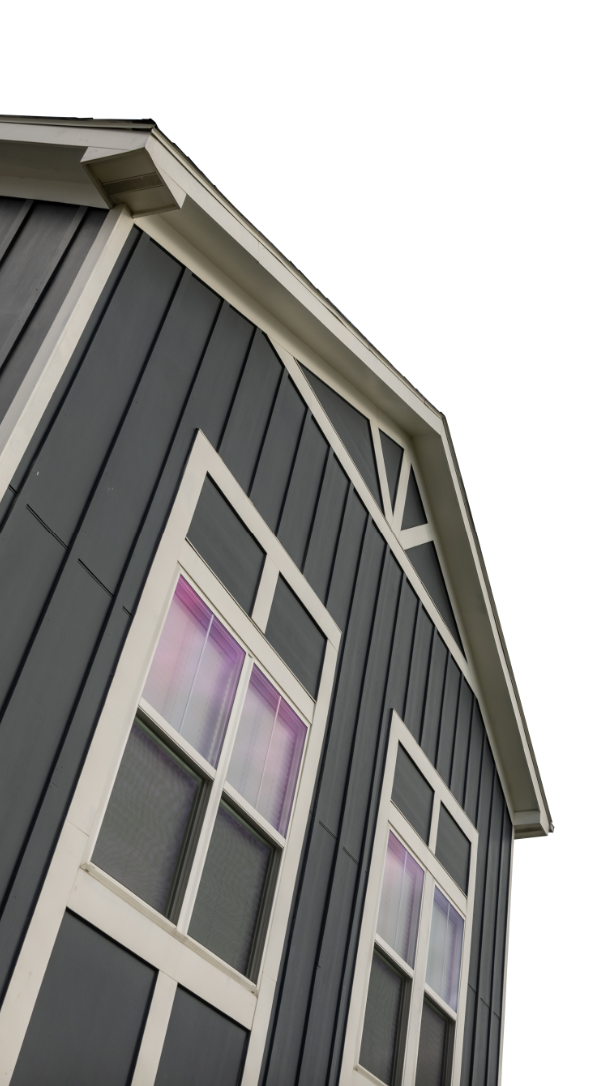
Our Plans in Place for the Crisis, and Our Actions for the Future
Hope for the best but plan for the worst.
That overused and seemingly simplistic phrase is part of the philosophy that the Gray Capital strategy and portfolio were built around. All exist in a series of cycles and phases with business and real estate being far from the exception. In many ways, scars and lessons learned from the 2008-2009 Great Financial Crisis played an important role in shaping how we would construct our portfolio and how to target specific asset classes and subclasses. By looking back at decades of trends, sifting though data, and learning from history, we have built a portfolio on the cornerstone of multifamily apartment buildings, that serves the largest demographic group with the highest growing demand. Building an investment strategy that is designed to out-perform the stock market in good times and be able to weather a severe economic downturn goes much further than picking one asset class over another. In this piece, I want to take a deeper dive into our acquisition criteria in order to help others understand our approach. How have we been able to excel in recent years and how have we been successful in protecting against the downside even while we are experiencing the most economic disruptive black swan events in recent history?
We are without a doubt still at the beginning of a downward phase of a new cycle, and there is much disruption ahead. Never before have we witnessed such a broad secular blow to economic activity, social interaction, and the responses and human psychology that guide markets…”This time is different“. One could easily argue that it was only a matter of time before the historic bull market that followed the Great Financial Crisis would come to an end and that end would feature a series of conditions that were baked in and not dissimilar to normal late cycle phases: higher leverage, lower risk premiums and low yields, a strong consumer, and heaps of complacency. However; unlike in the past, where a series of compounding factors over time, typically financial (such as raising interest rates or a gross over pricing and over leveraging of certain assets) leads to an accumulation of events that triggers a financial crisis. In this present instance, it is a public health crisis that has led to not only a decline in economic activity but a full stop of everything considered “non-essential.” A living reality not even expected in times of total war.

In the past, the dominos fell slowly. Not this time – the coronavirus slammed into our table knocking all but a handful of dominos over, leaving those that remain standing on shaky ground. The commercial real estate asset classes that we focus on are some of those dominos left standing, and while the future is all but certain – we are already seeing cautiously optimistic signs that we will find our footing and remain standing.
All we must do in the current situation is to maintain and survive in order to get to the other side. The underlying fundamentals that we focus on such as the lack of affordable rental housing, more demand for apartments than there is supply and accelerating investment demand that underpin our strategy do not go away during or after the coronavirus. Housing is an essential need for life and society along with food and water. The demand is inelastic – meaning that the need for a roof over one’s head remains – albeit how nice of a roof and one’s ability to pay for it may be more dynamic. Our other largest asset class, medical office buildings continue to see demand grow, as over 10,000 people turn 65 every day in the United States.
To reiterate: It is still early.
The shock and awe, the literal death rattle, is still reverberating. Many economists are forecasting unemployment rates north of 30% in the United States and the term “depression” is being used more frequently as a potential outcome. That’s not to mention that the entire world economy, not just the United States is shut down. The more industrious and capitalistic United States is more likely to get back on its feet faster, but we need to turn the gears of the global economic system in order for it all to work again. We are not an island. While we believe that the economy will emerge eventually, the severity and chance for quick recovery all depends on the length of the global shutdown. It is certainly possible that conditions get so bad that nothing is safe – however even in that scenario, our portfolio will survive. Perhaps not thrive but survive. I cannot make that same statement for other asset classes, even some in the multifamily space such as student housing.
Our investment thesis is designed to preserve principal first and then multiply it over time while delivering tax-sheltered income over the hold period, all while assuming that economic calamity is a matter of if, and not when. We admit total ignorance in our ability to time markets or events; therefore, we remove the variable altogether by focusing on long term fundamentals and realistic assumptions. By utilizing long term government backed fixed rate debt we remove another variable of risk by removing interest rate volatility from the equation. Additionally by using US agency debt such as Fannie Mae, Freddie Mac, and HUD, we immediately are included in the exclusive club that has been deemed “too big to fail.” Personally, I am no fan of government intervention in free markets, but when it comes to safeguarding the principal of our investors and our own capital, we have a fiduciary responsibility to use all legal means necessary, so we do so.

The current economic crisis caused by the coronavirus pandemic is an absolute extreme Black Swan event that will test every institution and individual on the planet. Gray Capital was built for these extreme events. The course ahead will be filled with trials and tribulations, without a doubt. Simultaneously, for those who are able, there will be incredible opportunities in the coming months and years, to what extent it is unknown.
We look forward to overcoming the certain challenges we will face, and taking strategic action, while others sit on the sidelines.
In this, and in writings to follow, I will explain in detail why we believe our portfolio possesses the attributes necessary to emerge from this crisis intact, and I will highlight the attributes themselves that have guided our investment strategy from the very beginning. Along with the workforce housing I touched on earlier, our portfolio is structured by a multi-faceted approach to diversification that prioritizes large numbers of units per asset, properties that serve a range of demographics, a broad geographic scope, multiple operating partners with different approaches to property management, asset class diversification, and a large enough group of assets that no single investment exceeds 10% of the total portfolio. Complementing this diversification is a philosophy guided by wealth preservation over the long term, and with this enduring focus, we have utilized fixed-rate, government-guaranteed financing that avoids the vulnerabilities of over-leveraged investments tied to the immediate state of the economy. I look forward to sharing more of our investment approach in the days to come, and our investment team would love to explain the finer details of our strategy should you be interested in meeting with them.
